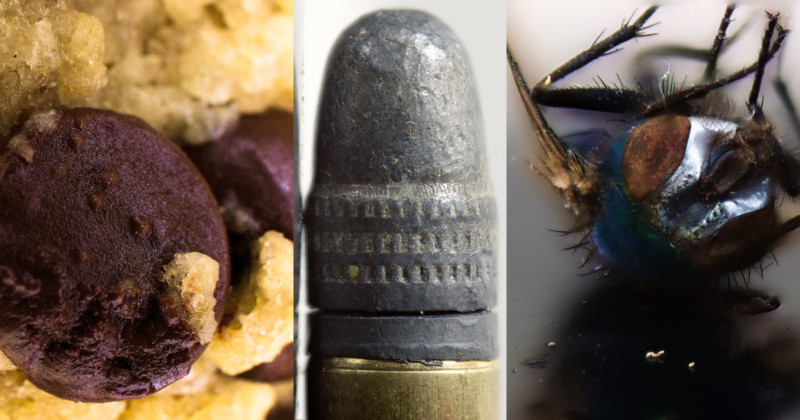
Need a photo project while confined to your home for weeks due to the ongoing coronavirus pandemic? Here is a guide on shooting stacked macro photography on a budget!
I want to start by saying I am an amateur. Think of this as a starting point!
This tutorial is meant for the budget-conscious, whether you are in college or just want to play with macro without spending an arm and a leg. I will say that while macro is very doable on a budget, more money buys you convenience and time.
Gear
I will be showing an example of shooting macro on a simple budget, but nothing I list below is the only option — many are just what I had on hand.
Body
The camera body is probably the least important part of macro, in my opinion. I manual focus the whole time and usually manual expose too, so tech means very little. I stack images, which kills noise, so ISO performance doesn’t matter to me. There are really only three things that really affect me.
First, being able to use an off-camera shutter is very useful to reduce camera shake. The Nikon D3500, for example, lacks the shutter port I love on the Nikon D3200. Second is an electronic shutter without a mirror moving — it also helps with camera movement, but not as much, and isn’t as important. Finally, a tilty screen is a nice convenience for setting up the initial focus, and it’s fun to see the images as you take them.
I used to use a D3200 with great success. Worth about $175 used.
Lens
The lens is actually VERY important, but you can do a lot for cheap. Wide focal lengths give you more DoF and higher magnifications with spacers while longer focal lengths give you more reach. For example, on my D800 I love my 180mm because it has enough reach to let me hit live insects, but I prefer a 35mm for stacked work because it reduces the frames I need and decreases the effect of shutter shake.
I would use a 35mm f/1.8 DX because it’s my favorite DX lens, super cheap, great working distance, and very sharp. Worth about $125 used.
Tripod
A good tripod will save you a lot of headache, and while not the most important, is worth investing in. For example, I was shooting a flower for stacking, and at the end found out my $15 tripod was slowly lowering, like 1mm every 5 mins, but that was enough that I couldn’t stack any of my pictures.
If you have a (less than two pound) light set up, the Manfrotto PIXI mini is some AMAZING bang for your buck at $18.
I have the Geekoto 77″ tripod. It’s actually a little overkill, but my set up is too heavy for my PIXI mini and this is the only other thing I have. Worth about $50 used.
Macro Rail
This is a place where spending helps but isn’t actually all that necessary. One of my favorite macro shooters does some of his work freehand. I will say that after moving to a rail for stacking, I will never go back.
The most important thing to watch here is that you have a “worm gear drive” basically you turn a screw that moves the rail back and forth. You do not want a rail that you unlock with a screw and move by hand. You will not be able to move it exactly 1mm then tighten back down, but with a worm gear, it’s as easy as turning the screw a set amount (e.g. 1/4 turn) between shots.
I like my Neewer All Metal Wormdrive Macro Focus Rail, it is very consistent, easy to use, and solid. It is a little heavy at 0.6 lbs. Worth $40 new.
Light
Your lighting is important, but I don’t think it’s worth getting into. The problem with flashes are they take too long to recharge and can run out of batteries. I literally use a cheap desk lamp I found in the garage. You can use your cellphone light if you plug it in. I am calling this one free because brand new I see equivalent lights at $8 and I feel like everyone has something laying around.
Macro Spacer
These are important because if they are not sturdy, your lens will be all over the place. Tilt-shift lenses are only fun when intentional and not from poor build quality. That being said I used the cheapest set on Amazon that had 4.5 stars or more, and they work great.
I am using some off-brand spacer. It’s a 3 set that is about $20.
Remote Shutter
This is a frivolous purchase. You can macro without it, but it reduces camera shake, letting me use slower shutters and wait less time for the camera to stop moving. I think it’s 100% worth it to get one.
I am using some cheap wired shutter that got off Craigslist. It was $5 used.
Cost Breakdown
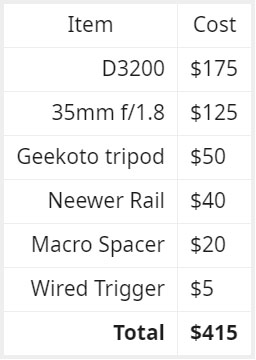
The point I am trying to make here is that for $415, you can take great macro shots. Ranging from this single exposure of a cookie…
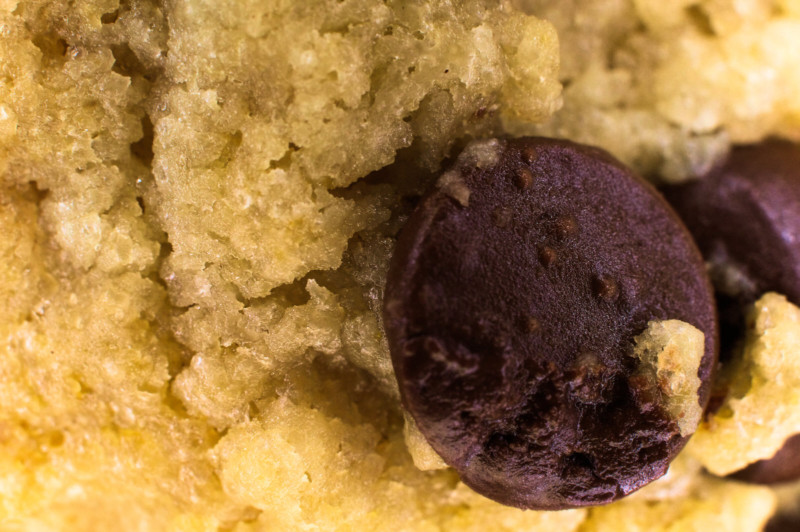
…to this 3 image stack of a butterfly wing…
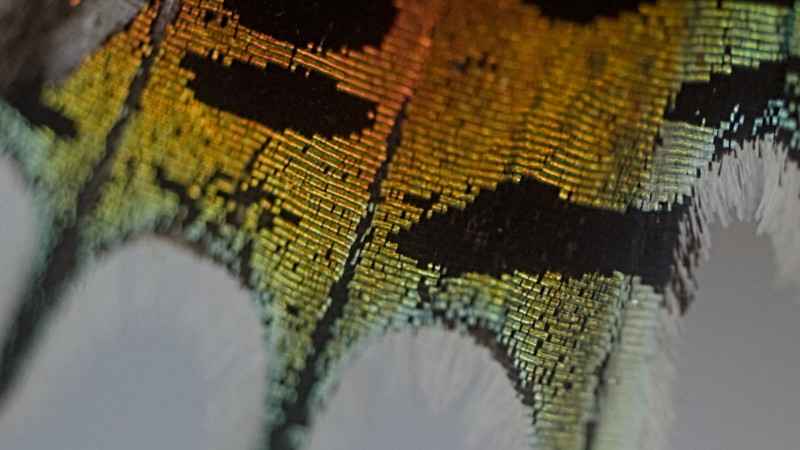
…all the way to a 100+ image stack of a bullet.
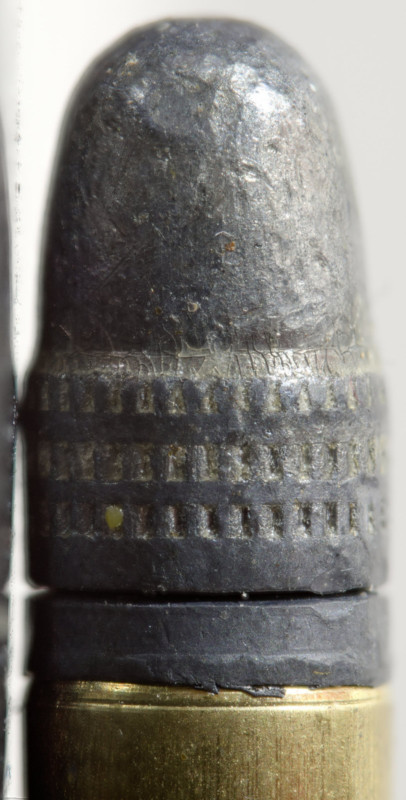
Macro is hard but very rewarding, and it doesn’t require expensive gear. Sure a dedicated macro lens would work better, and sure an automated motorized rail does all the tedious work, but neither is necessary for a great picture.
Setup
Setting up your target is really important because it affects the image you produce, obviously, but you also can’t really guess and check. With a landscape, I can try a few shots and see what I like best, but with macro that’s a lot harder. Think about what the final image would look like with a thin DoF. For example, this spider head-on and from the top lead to very different results.
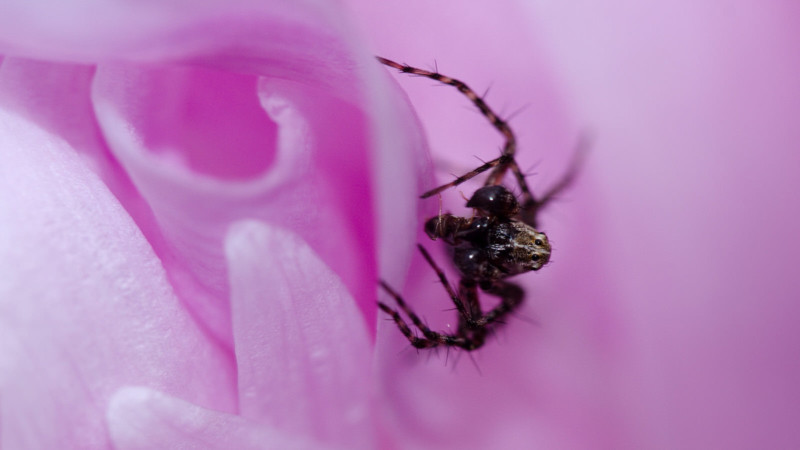
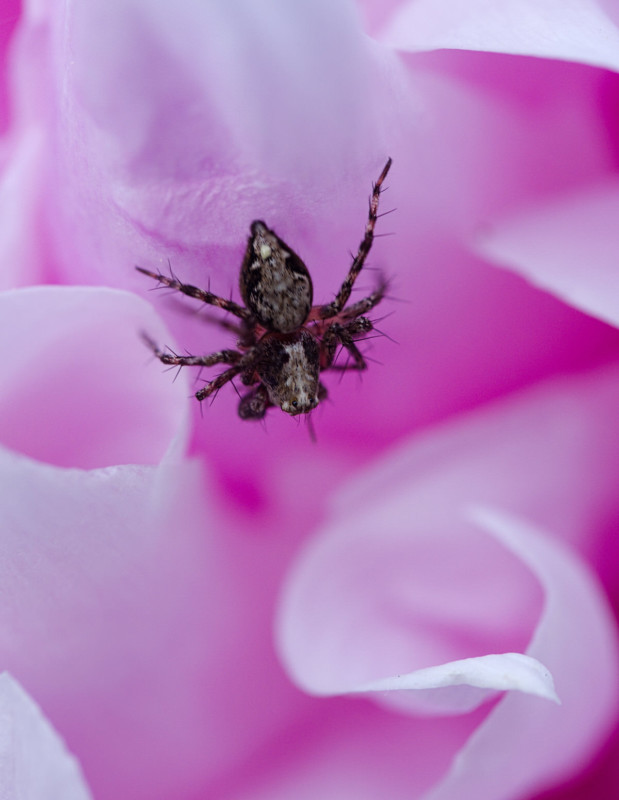
I think the former is 10x better because the framing has a pleasing composition and the head-on approach leads to a more intentional capture.
On top of that, you need to think critically about your light and its angle. Unlike in portrait photography, you want harsh light to show off textures. For example, the light here shows the texture of the grooves cut into the grenade.
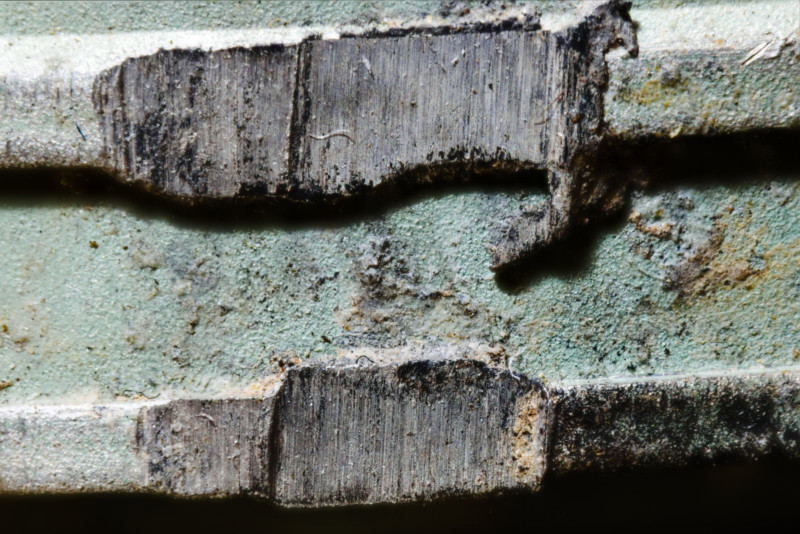
On top of that, the angle matters a lot. Remember that the concept of “up” isn’t entirely there in macro. You can backlight translucent subjects or you can front light to isolate a subject.
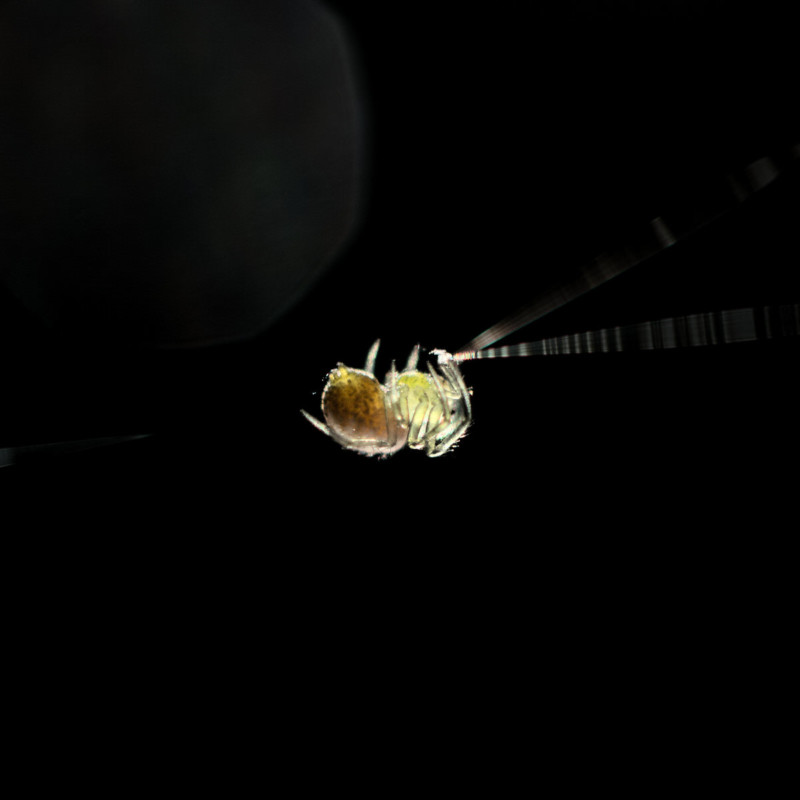
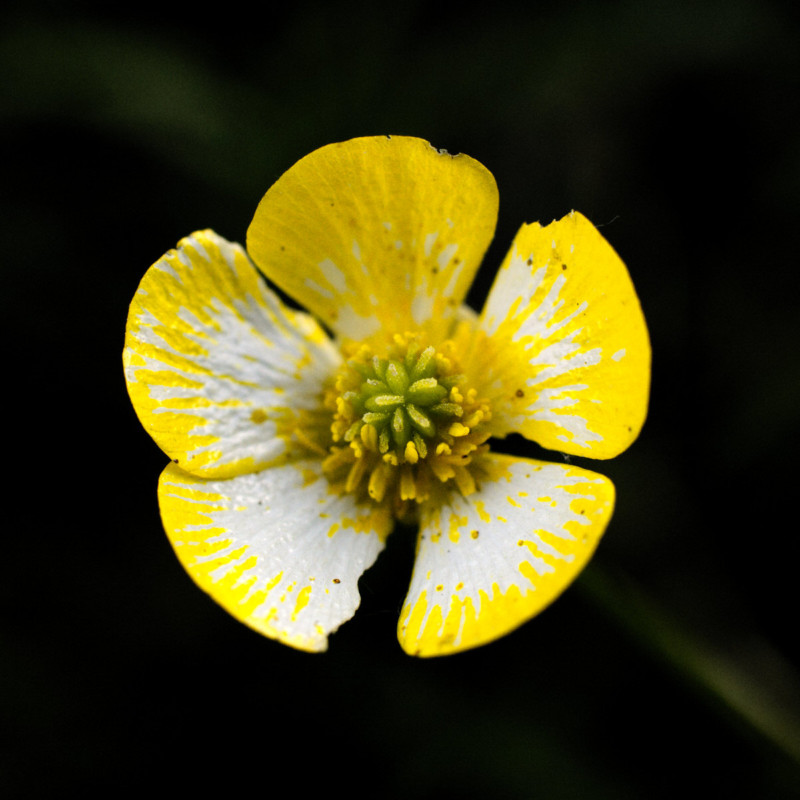
Take your time to set up your camera and light. Otherwise, you will waste an entire day to create an image you end up finding ugly and boring.
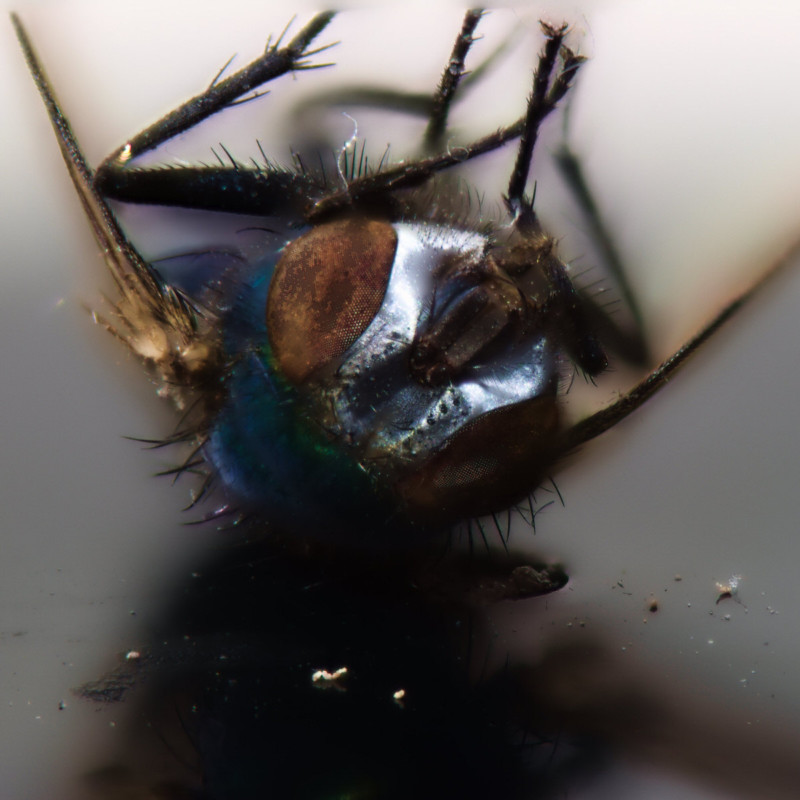
Exposure Triangle
In general, you will probably end up with settings you like and rarely change them. With macro, the setting you expect may not always work out.
Shutter
Being on a tripod, it’s tempting to let your shutter be as long as possible because “nothing is moving”. At macro levels, the slightest movement becomes motion blur, even at 1/3s.
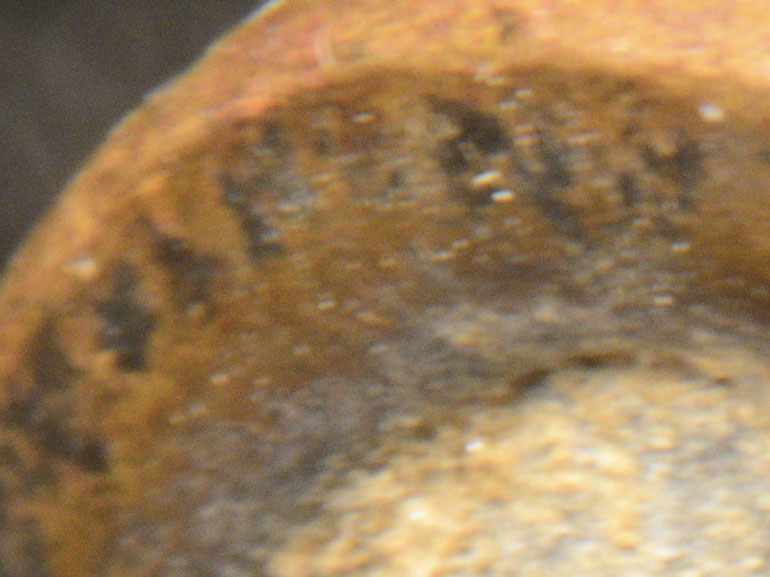
The exact shutter speed depends on your tripod, whether you live on a second floor, etc. What I suggest doing is starting at your focal length (e.g. 35mm on crop is like 50mm on FF, so I start at 1/50s), taking a shot, doubling the time (1/50 s to 1/25) taking a shot, and repeating until you hit about a second. Take these images and pixel peep until you find the speed that has no motion blur. You might be surprised by it.
For me and that aforementioned f*** up, I needed 1/100s on a 180mm FF macro lens.
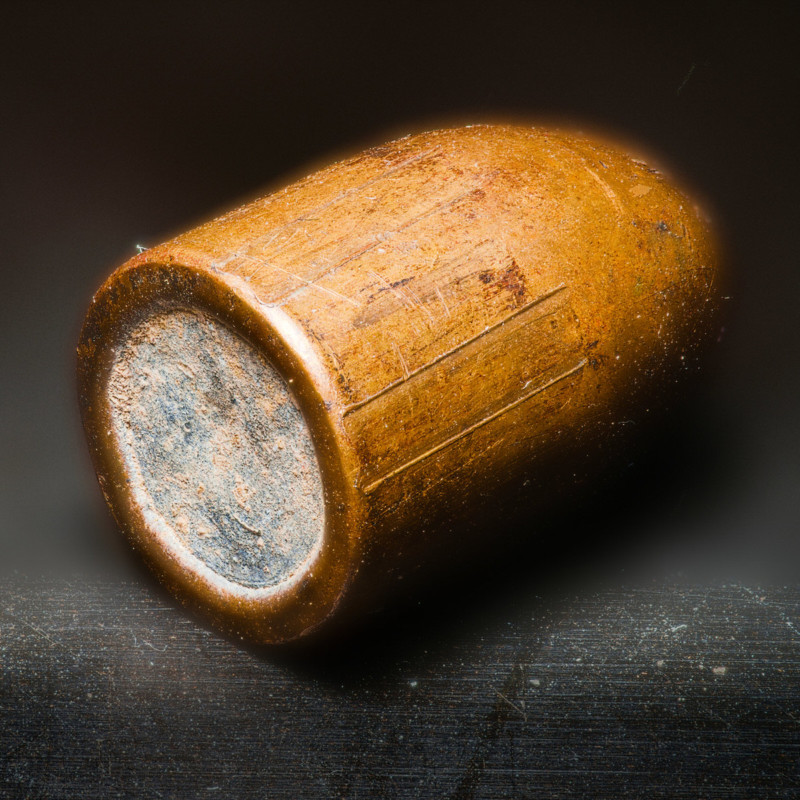
Aperture
This is a genuine trade-off. Too open and you have to take more frames, too closed and you lose sharpness. At 35mm you need to be about 5 inches (~13cm) away to get your subject in focus. At f/1.8 you have 0.03 inches (0.076cm) in focus. At f/4 you have 0.07 inches (0.178cm) in focus. At f/8 you have 0.14 inches (0.356cm) in focus. At f/16 you have 0.29 inches (0.737cm) in focus.
From this alone, you may think: crank it down to f/16! But you get much softer images. The 35mm specifically peaks at f/4, but are you willing to deal with that narrow DoF? I shoot around f/5.6 as a compromise, but it entirely depends on your lens and preference.
ISO
Like shutter speed, it’s super tempting to pick base ISO, but you need to remember that when stacking images, noise disappears. This was shot at ISO 1600 but looks like ISO 100 to me.

Don’t stress your ISO — let it fly high! I usually pick an aperture and shutter speed, then just use whatever ISO properly exposes the image.
Other
Another setting I like using: electronic shutter (if available). If it’s not available, not mirror up shooting also helps. In some cameras, this is called “Exposure Delay Mode” or something.
I also like to set the camera to manual focus because I have hit my AF-ON before and it sucked. Your lens should be in the closest focus distance for the highest magnification and on a macro spacer. How much space you need depends on your lens. For my 35mm DX, a 35mm spacer gives me 1:1 macro.
I also suggest RAW for the most detail recovery.
Shooting
I have a set process for taking my pictures. It’s not perfect, but I think it’s a good starting point for you to take and develop your own off of.
1. Set up the camera, light, and subject, and mess with as I feel until I find something I like.
2. The camera is mounted on a rail, which is on the tripod, so adjust the rail until the front of my subject is in focus. Take a shot. Move the dial 1 rotation. Take a shot. Determine my DOF in terms of dial rotations from there. E.g. if I feel like the DOF moved 4x what I want, my dial turns are going to be 1/4 turns. I like to have the DOF have a 50% overlap.
3. Move my rail so the front of the subject is barely in focus, then back up so nothing is in focus.
4. Wait for the camera to stop moving. Take a shot. Turn the dial (e.g. the 1/4 turn from before). Wait for the camera to stop moving. Take a shot. Repeat until you have every slice of focus you want. If you are paranoid about camera shake, noise, etc. you can take 3-6 shots before moving the rail, but make sure you wait for the camera to stop moving between every shot.
Editing
There are a lot of workflows to editing, none are perfect, mine is far from ideal, but again is a great starting point for you to find your own. My workflow is:
1. Rough edit in RawTherapee (free) for color, exposure, white balance, etc. DO NOT CROP THE IMAGES.
2. Align with Hugin (free).
3. Stack in EnfuseGUI (free).
4. Do a final and more thorough edit in RawTherapee (free).
This is definitely one of the places where money can make this process faster. Photoshop has a great stacking system as does Affinity, but those cost money. I also won’t go into the details of how to use RawTherapee because it’s not specific to macro, and you can use literally ANY raw editor.
Hugin
Hugin is a free and powerful panorama stitcher, which I also love for its pano capabilities. What we want it for here is a specific subprogram within it called align_image_stack that is installed automatically when you install Hugin.
You use this subprogram from the command prompt, which seems daunting but is fast to learn. Hit the Windows key and type “cmd” and run the program cmd.exe which should open command prompt. From there navigate to where you saved the pictures. There are 2 important commands here. “cd” is to change folders. So you can say “cd Pictures” to go to the folder called Pictures. “dir” shows you the available options.
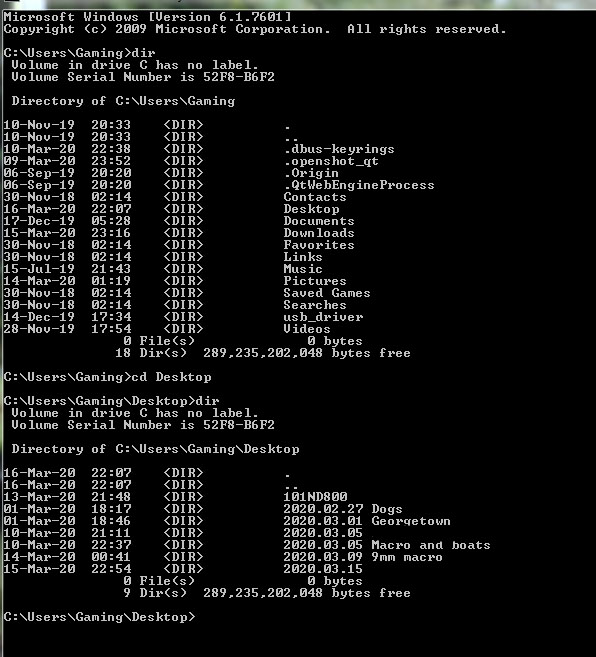
I would also suggest reading up on the basic commands.
One you are in the folder with your picture you will use the program by running the following [program] [flags] [pictures]
The [program] is where the program is located, it never changes. For me it’s:
C:Program FilesHuginbinalign_image_stack.exe
The [pictures] is the photos you want to stack. So if you saved everything as .jpg and they are the ONLY .jpg in the folder (HIGHLY suggested) you can just use
•.jpg
The [flags] section is just the modifiers you want to add, here is what I suggest:
1. -v lets you see what it’s doing real-time
2. -C uses the max cropped area so you can choose the crop later
3. -a OUT saves all your files in a OUT0001.tif format
Here is a list of all the flags and what they do.
My usual command is:
C:Program FilesHuginbinalign_image_stack.exe -v -C -a OUT *.jpg
This will take a while to run in the background, go sit some tea. When it’s done you will see OUT0001.tif, OUT0002.tif, OUT0003.tif al the way to whatever number files you have like OUT0177.tif. From here look through the images and see if they are aligned.
EnfuseGUI
EnfuseGUI is a simple but effective stacking took. All it does is take images that are already aligned, then masks part of them into visibility based on some criteria. Here is the technical explanation of what each change does. If you don’t care, here are the settings you should probably use with the important ones in red:
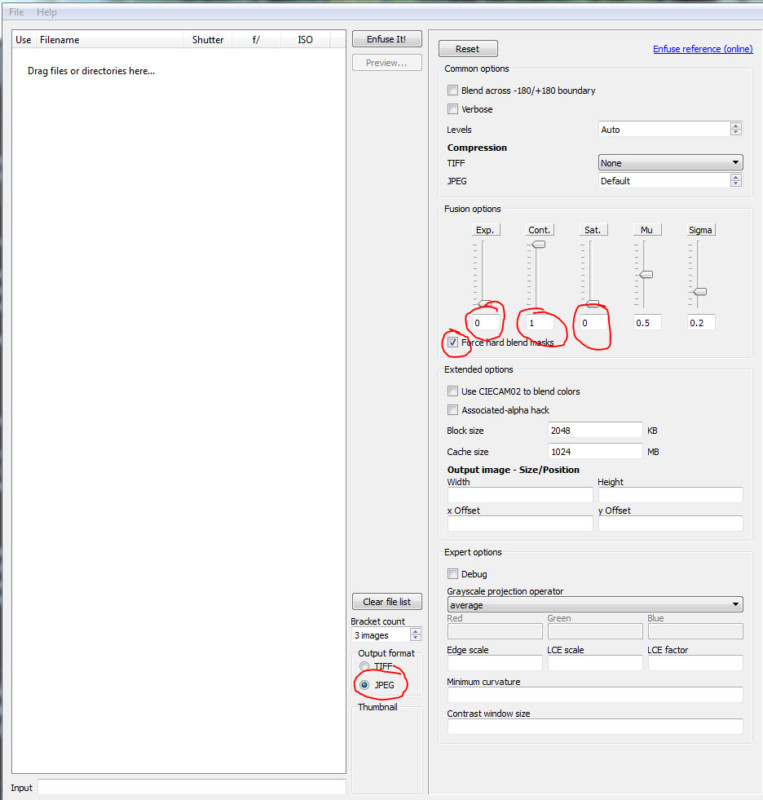
1. Keep exposure to 0 otherwise it favors middle grey which you don’t care about (this is for HDR).
2. Keep Contrast to 1 so it picks the most contrasty (aka the in focus) parts of each image.
3. Keep the Saturation to 0 so it doesn’t pick based on color, otherwise chromatic noise will dominate.
4. Force hard blend masks prevent halo-ing, but feel free to try without it.
5. Export to jpg mode to reduce file size.
From here, drag and drop your images into the left side, and hit “Preview” to make sure you like what you have. If you don’t, play with settings, if you do, hit “Enfuse It!” to make it run, this will also take a while, I hope you like tea.
A common error is running out of memory. If you load 1000 TIFs you will run out of RAM and it will not run to the end. The way around this is to recursively stack images. Right above the JPEG button you selected is “Bracket Count” Lower this to whatever the highest you can do without failure. Then import the newly stacked images (they will be in a new folder called “Enfuse”) and repeat. If you have 1000 images and can do 10 at a time, you only need to do this 3 times instead of 1.
Conclusion
Now that you have a final image, you should be able to take it back into RawTherapee, or whatever, edit as you see fit, and flex on your friends with your sweet image.
If you are having trouble with the software I uploaded frames you can use to test the human error. These 153 images are after editing but before align_image_stack onwards. I used them to get this final image so I know they work:

Try working with them to learn the software!
About the author: Adith Subramanian is an amateur photographer and stacked macro enthusiast. The opinions expressed in this article are solely those of the author. You can find more of Subramanian’s work on his Flickr.